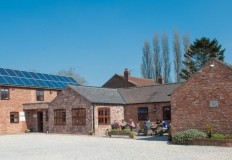Top Hill Low. A Long Road to Somewhere...
As Education guide at Tophill Low nature reserve I often meet new visitors who have just experienced what seems to be the longest 4-mile journey from the main road to somewhere that appears to be in the middle of nowhere, it is just that, but it’s well worth the journey.
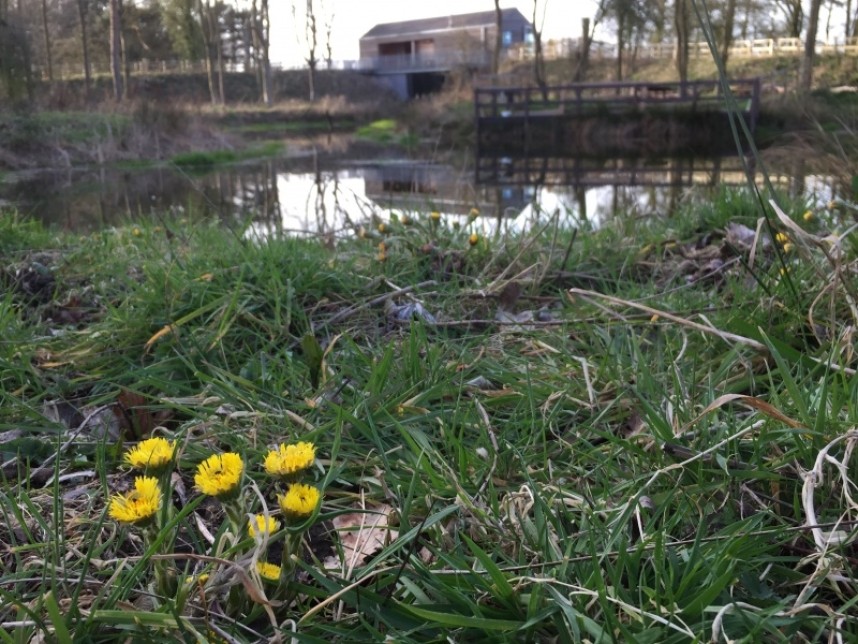
View of 'D' Res Hide and Pond © Margaret Boyd
The reserve covers 300 acres and is owned and managed by Yorkshire Water. The original clean water treatment site was built in the 1950’s and the reserve itself was officially opened in 1993. The two storage reservoirs, aptly named “D” and “O” due to their shapes, dominate the reserve, around the perimeter of which is a network of marshes, ponds, woodland and grasslands. This diversity of habitat produces something of interest throughout the year, whether it’s dragonflies, wildflowers and grass snakes in the summer months, waders and fungi in the autumn or wildfowl and roosting raptors over winter.
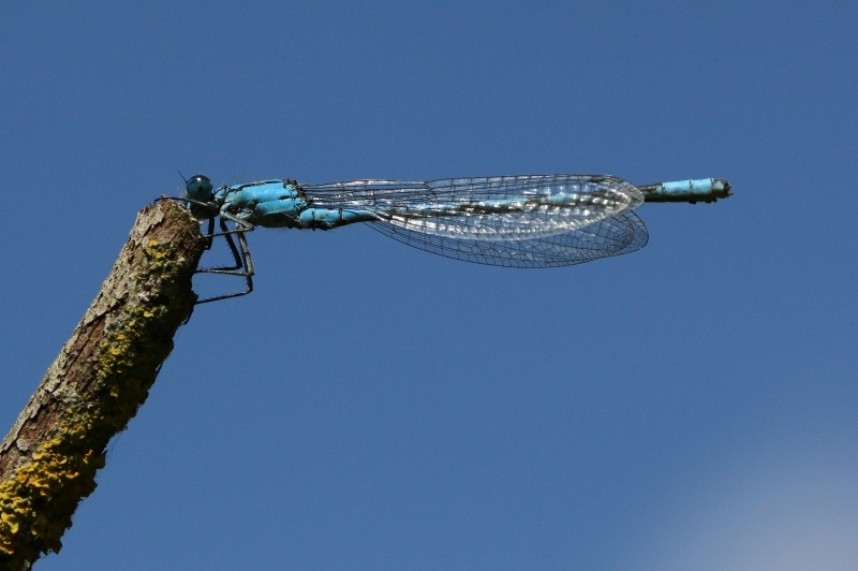
© Maurice Dowson
The reserve is spilt into two, the north end around “D” reservoir consists of mixed woodland and small sheltered marshes. North marsh is a favourite spot of the resident otters and kingfishers, Hempholme meadow attracts good numbers of snipe, little egrets and hunting marsh harriers and the reservoir itself, as well as attracting large numbers of wildfowl in winter, the reason for its SSSI status, has a very large gull roost with glaucous, mediterranean, little and caspian all having been recorded as the cold weather takes hold. Viewing of “D” reservoir can be done in comfort, the new reception hide overlooking the water with its floor to ceiling windows and log burner.
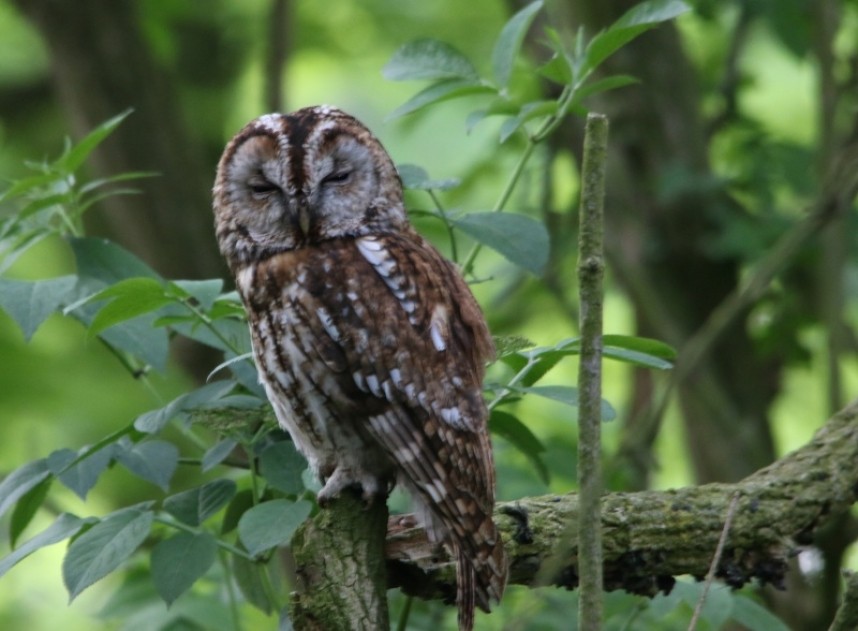
Tawny Owl at Top Hill Low © Maurice Dowson
Linking the two ends of the reserve is reception wood, breeding areas for great spotted woodpecker, treecreeper and tawny owl among the notable species; the tawny owls showing during the day when rearing young, perching close above the footpaths. Grass snakes can be found across the reserve but in the reception woods a refugia close to the path allows fantastic views as the snakes sun themselves on top of the heaps. They can also be viewed swimming in front of the hide at North lagoon in an attempt to hunt marsh frogs.
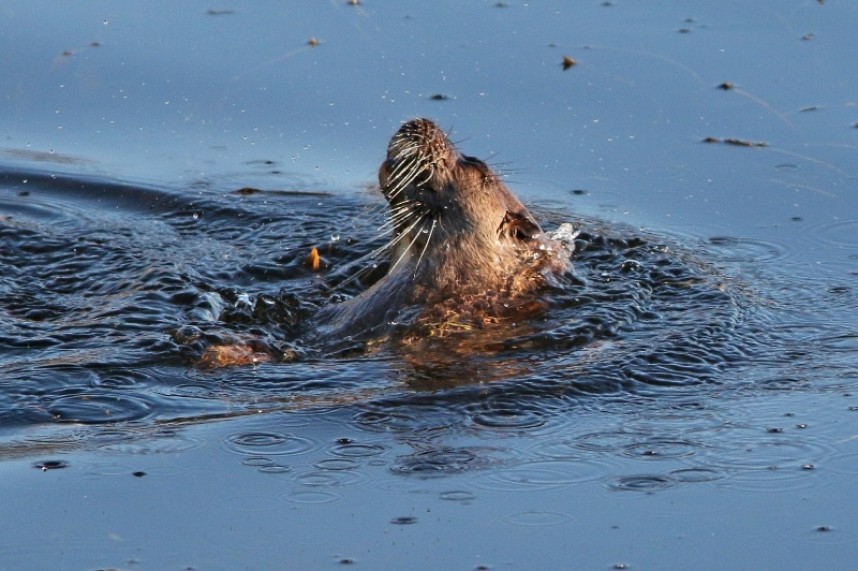
Otter at Top Hill Low © Maurice Dowson
Leaving the reception woods heading south, the paths circle “O” reservoir, like “D” reservoir it holds SSSI status for the numbers of wintering wildfowl; pochard, goldeneye, tufted duck & great crested grebe. The marshes here were created as part of a flood defence scheme and the water levels can be controlled, dropping levels down for passage waders: green & common sandpiper, little stint, greenshank and then allowing more water in during winter for wildfowl. Marsh harriers breed on the reserve and this area is a favourite roosting site during the winter, the increasing numbers of starling providing an easy source of prey.
With so much to be seen at the reserve throughout the year, it is certainly worth the journey. Access is from A164 between Beverley & Driffield, open from 9 – 5, toilets on site.
Margaret Boyd
YCN Guide and Education Officer Top Hill Low



 Back to Blog
Back to Blog

